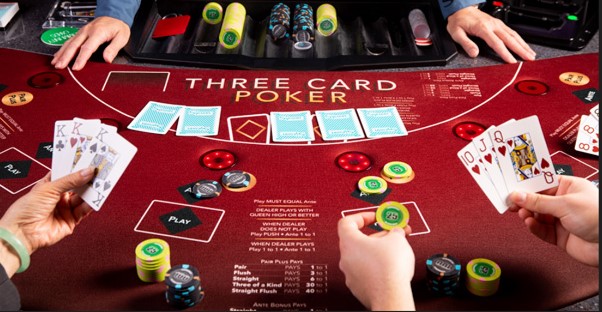Slot machines, also known as “jawara slot,” have maintained their timeless allure throughout the decades in the world of gambling. From the clinking sounds of coins dropping into trays to the digital era of spinning reels and immersive graphics, slots have evolved significantly, captivating millions worldwide with their blend of simplicity and excitement.
The Evolution of Slots
The inception of the first mechanical slot machine, the Liberty Bell, by Charles Fey in the late 19th century marked the beginning of a gambling revolution. Featuring three spinning reels with various symbols and a lever to initiate the game, this invention laid the foundation for modern-day slots.
The development of technology led to electromechanical machines, followed by the advent of video slots in the 1970s. These digital iterations introduced more elaborate themes, bonus rounds, and enhanced visual and audio effects, revolutionizing the gambling industry.
Today, online slots dominate the market, offering an extensive array of themes, features, and gameplay variations. The transition to digital platforms has widened accessibility, allowing players to enjoy slots from the comfort of their homes or on-the-go via mobile devices.
Mechanics of Slot Machines
At their core, slots rely on a random number generator (RNG) to determine outcomes. The RNG ensures that every spin is independent and unpredictable, ensuring fairness in the game. When a player initiates a spin, the RNG generates a random combination, determining the symbols displayed on the reels.

